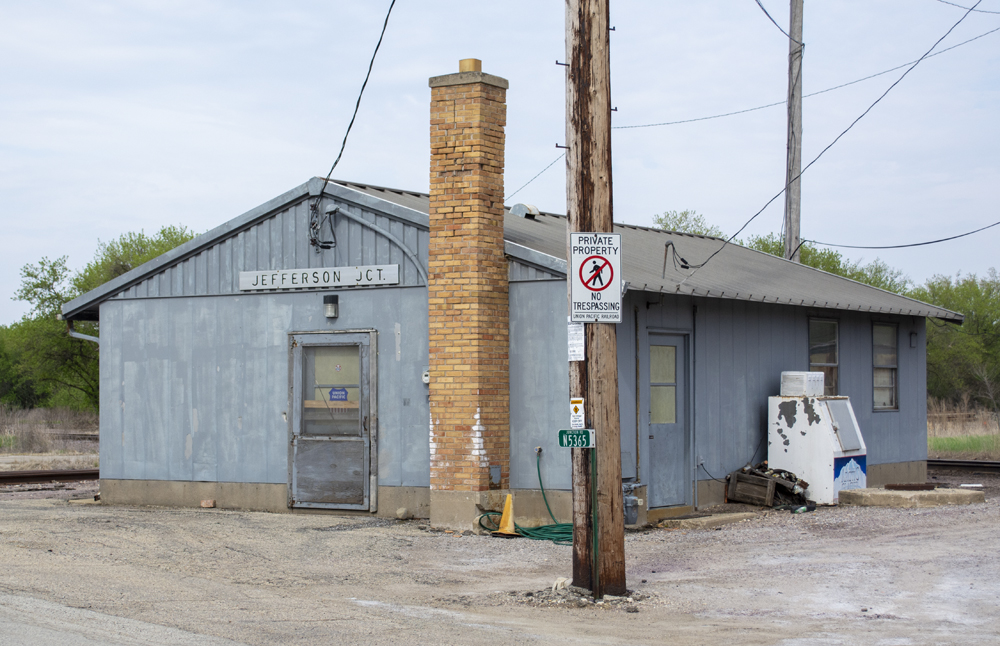
Q: I’m working on adding lineside details to my freelance model railroad. I’d like to add station signs to help my operators identify various locations on the layout. Though I’m not modeling a specific prototype, I want the signs to look realistic. Where can I find information on prototype station signs? — Bobby T.
A: For those not familiar, station signs are one of many signs found near the tracks. In his book Modeler’s Guide to the Right of Way, Jeff Wilson explained, “Station signs are important in that they define specific locations as called out in timetables. The ‘station’ does not mean an actual physical depot (although through the 1960s there often was indeed a structure at that location), but the location at the specified milepost location in the timetable. This can be a town, railroad junction, passing siding, or other landmark. Station names are critical in railroad operations, where train orders and permission to occupy track are defined by station locations.
“Where there’s a depot, the sign is generally mounted on the depot itself. However, for places where the depot is gone (or there never was one), the same style of sign will be found, but mounted on one or two posts. The style and size of these vary among railroads, but they are generally larger than most other lineside signs. Wood panels were common, although most modern signs are sheet metal, with black lettering on a reflective white background.”
As Jeff noted, the style and size varies between railroads. Most railroads have a standard plans book. I have a copy of Burlington Northern’s Roadway Standard Plans from March 1974. Plan C-3082.1 covers station signs. In the specifications, it notes the sign was made from .081”-thick sheet aluminum with four 9/16” mounting holes set in 3” from the edges. The sign was then bent to form a channel.
Both faces of the sign were covered with No. 600 white Scotchcal; the 12” lettering is Series “D” U.S. Bureau of Public Roads Administration standard letters cut from No. 605 black Scotchcal. The signs were to be no shorter than 6 feet long. Hot dipped galvanized ½” x 5” hex head lag screws and washers were used to attach the sign to 6 x 6 fir posts treated with 8 pound 50-50 creosote petroleum solution.
The specifications in the BN book further note, “This sign is to be used where there is no depot building. Place sign near platform or near the center of the siding at right angles to the main track in plain view from approaching trains, the nearest part of the sign to be at least 14 feet from the centerline of main track.”
Standard plans books like the BN book mentioned above can be found at model railroad swap meets, online auction websites, and used book retailers. Original copies can demand premium prices. Some railroad historical societies offer reproductions of standard plans at much more reasonable prices.
The Santa Fe Railway Historical and Modeling Society also offers HO scale stations signs and HO scale standard lettering for right-of-way signs, making it easier than ever to add station signs to your model railroad.
Send us your questions
Have a question about full-size trains, model trains, or toy trains? Send it to AskTrains@Trains.com.






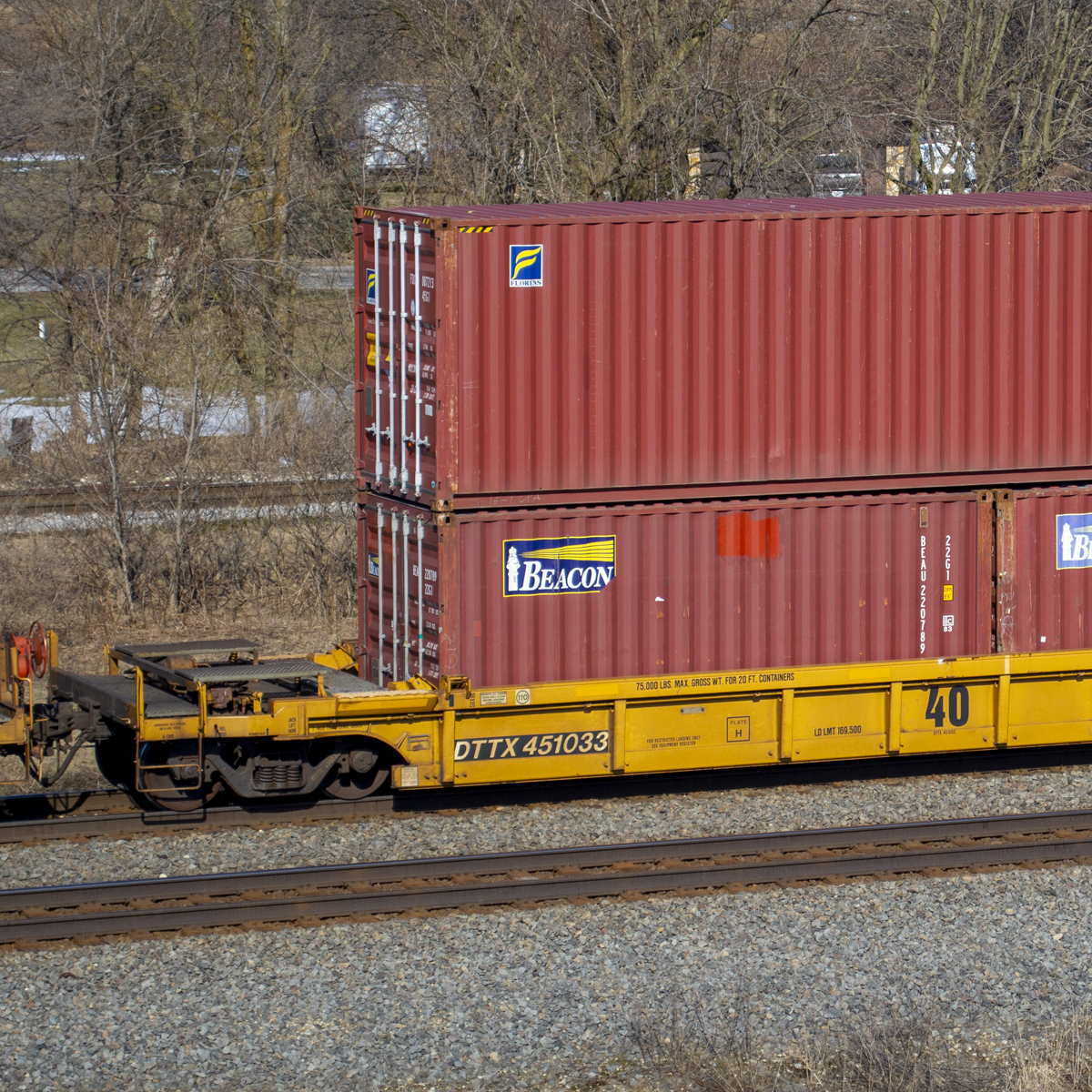
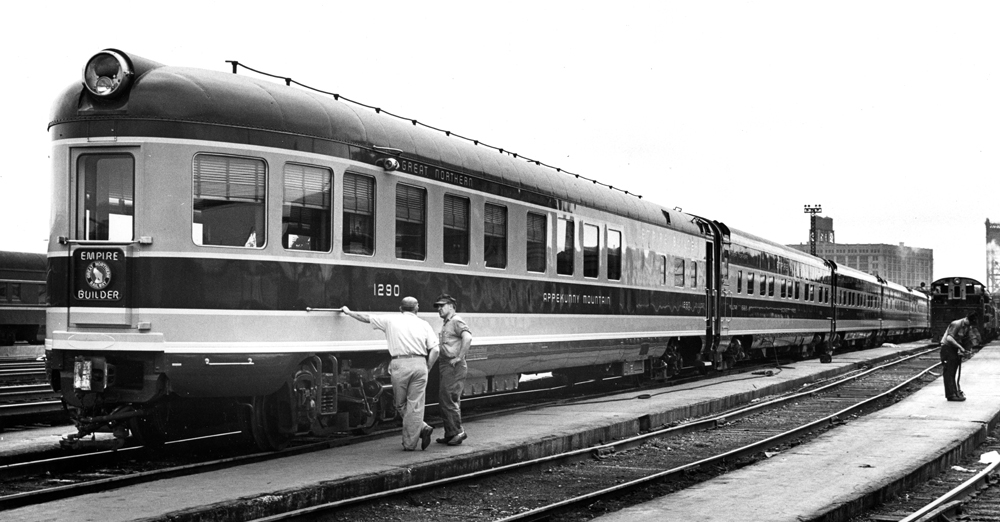
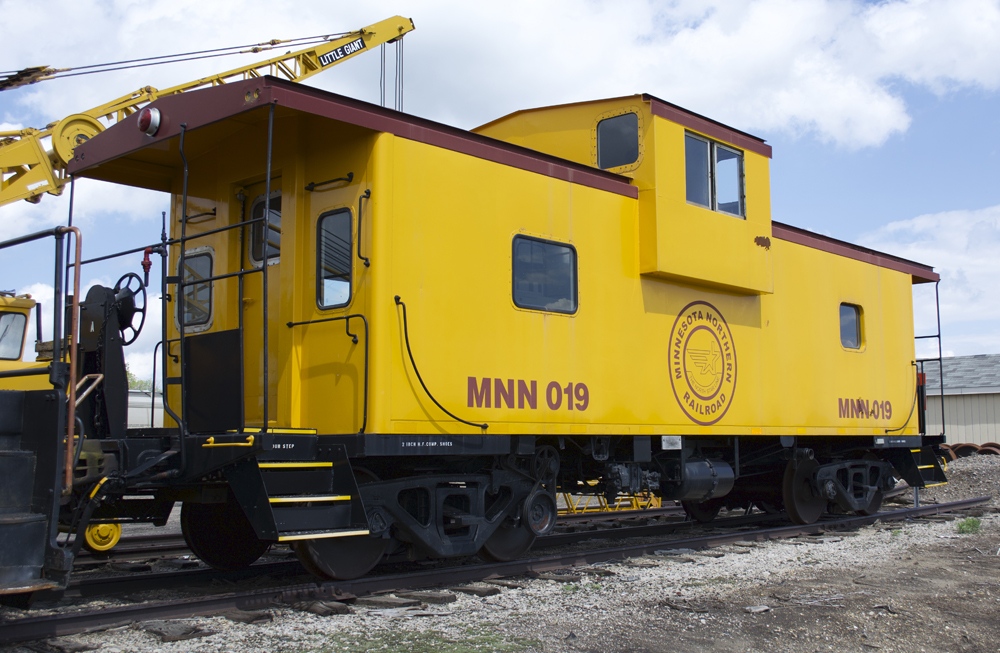
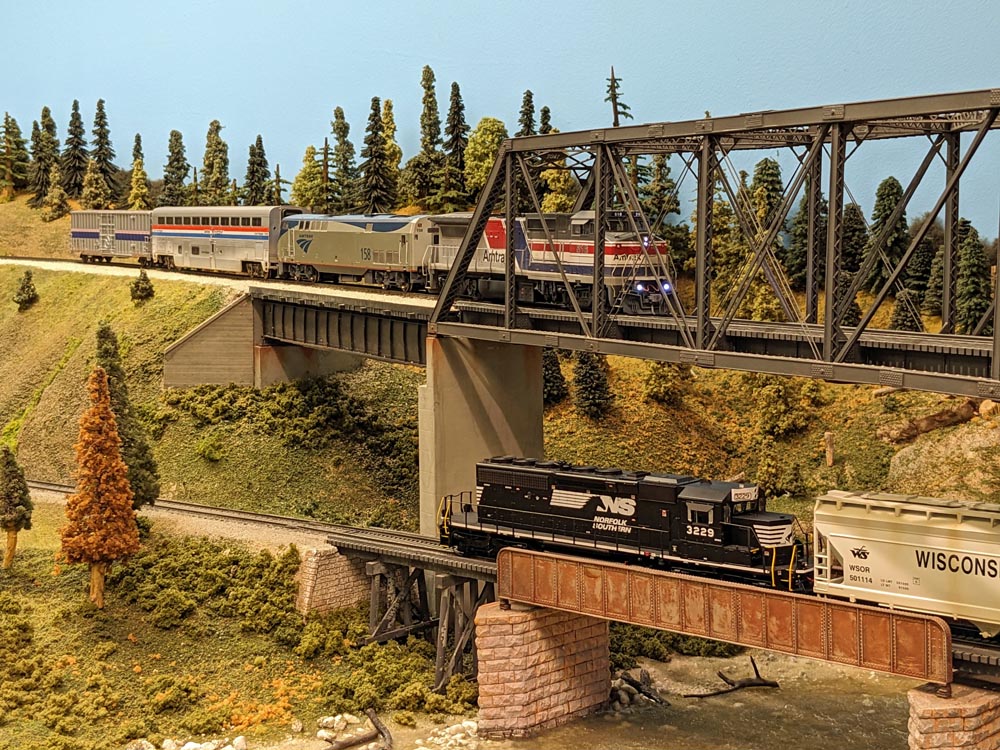
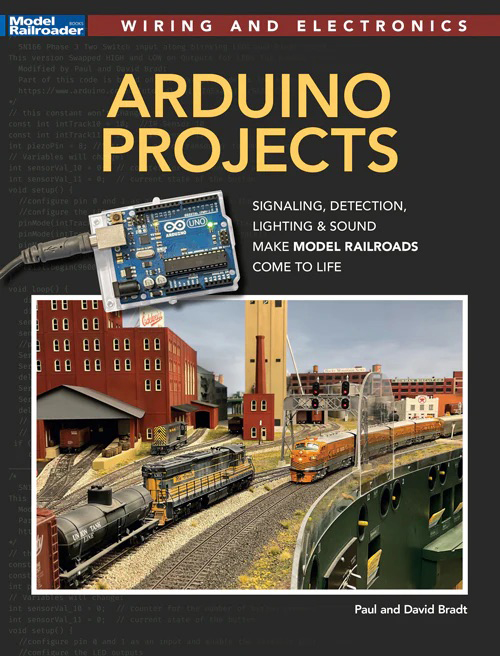
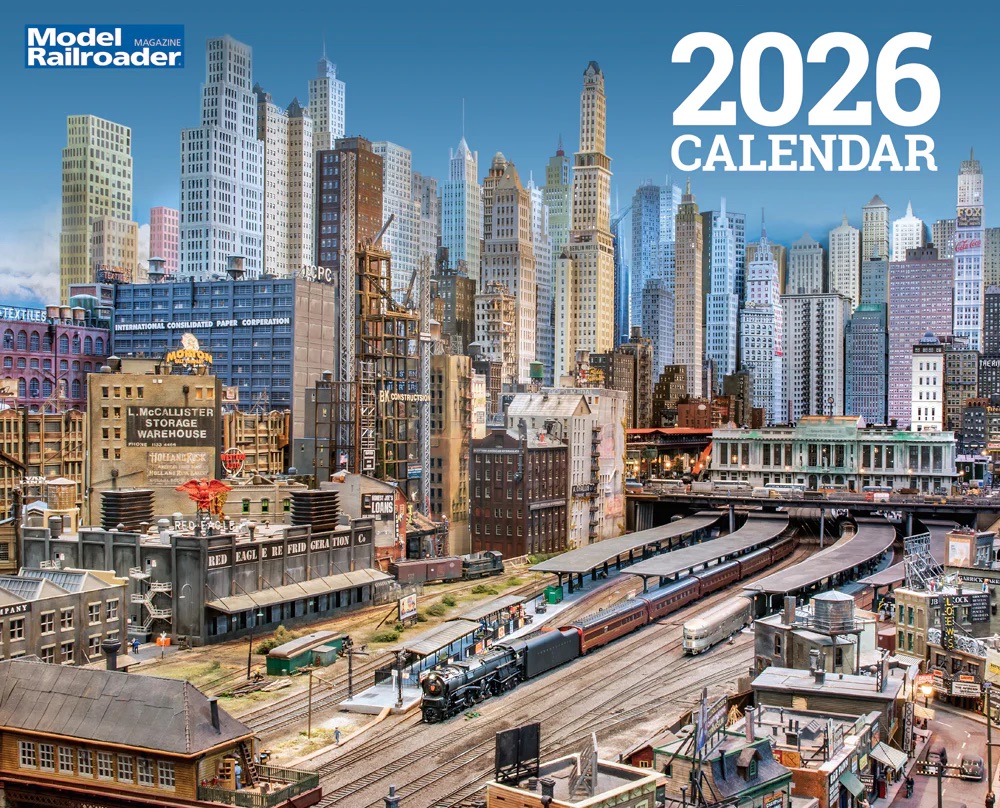
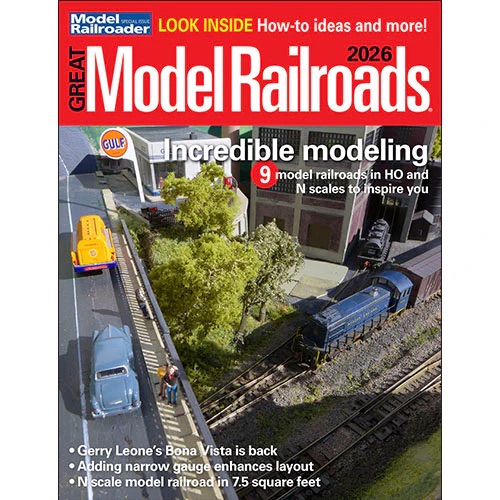
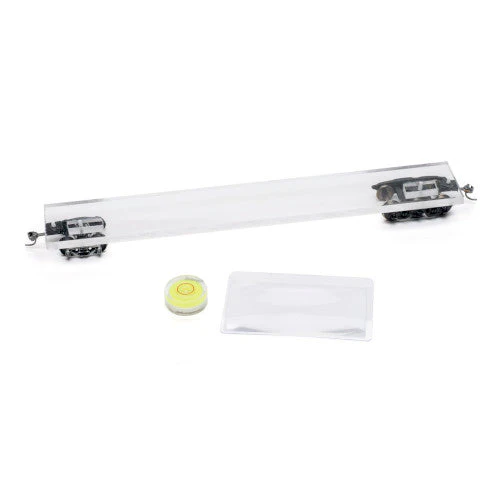
Another source to create your own stations signs is railfonts.com
As a MILW modeler the PC font package allows me to use the proper lettering style for the latter-day C.M.St.P.&P. RR when creating station or roadway signs. There are files available for other railroads, but the link below shows the Milwaukee Road example.
http://www.railfonts.com/Samples/milwaukee-demo.html
Just a happy customer.